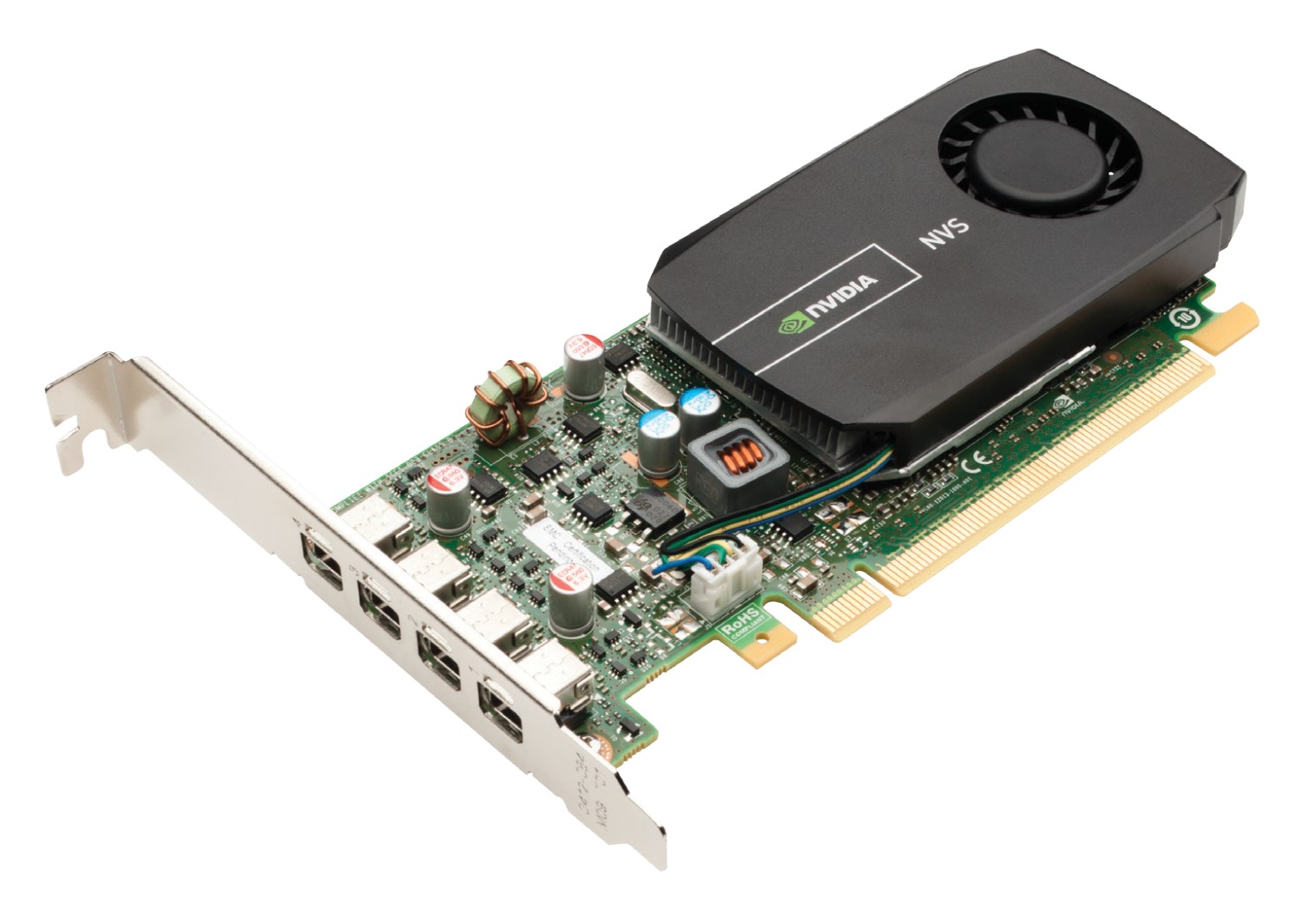Autonomous Learning Graphics Processing Units: An Glimpse into the Future
This world of computing is approaching a significant change, propelled by developments in graphic cards, commonly known as GPUs. Even though traditionally seen as the key elements behind stunning graphics in gaming and professional visualization, GPUs are developing at an remarkable pace. This development is not just about rendering images faster or pushing the limits of image quality; it is about creating autonomous systems capable of enhance their personal performance and adapting to customer demands.
As artificial intelligence and machine learning become more and more integrated into diverse applications, the need for graphics cards that can efficiently interpret and manage massive datasets is growing. This emerging breed of GPUs is set to transform not just how we utilize technology, but also how computers gain knowledge from the information they process. With the development of self-learning capabilities, we are approaching a new age where GPUs will not only enhance visual computations, but also lead innovations across many sectors, from healthcare to industry automation, fundamentally changing our relationship with technology.
Overview of Autonomous Learning Technology
Self-learning technology is revolutionizing the way GPUs operate, enabling them to evolve beyond their conventional roles. As artificial intelligence continues to progress, GPUs are being developed with the capability to learn from the data they handle. This allows for improved performance, efficiency, and adaptability to a wide range of applications. Autonomous GPUs can analyze workloads and automatically adjust their operations, leading to more effective rendering in games and enhanced computational tasks.
These developments mean that graphics cards are becoming more than just pieces of hardware; they are evolving into smart systems that can predict user needs and automate complex processes. By employing gpuprices learning algorithms, autonomous GPUs can tailor their performance to enhance efficiency, significantly boosting the user experience. This ability offers promising prospects in fields such as gaming, VR, and professional visualization, where reactivity and image quality are crucial.
Looking ahead, the inclusion of autonomous learning technology in graphics cards is expected to pave the way for even more innovations. As these GPUs become more intelligent, we can anticipate future developments that will enable them to handle increasingly sophisticated tasks. The potential for instant learning and adaptation is poised to transform the landscape of computing, making GPUs more responsive and powerful than ever before.
Impact on Graphics Performance
The development of autonomous GPUs is ready to transform graphics performance in substantial ways. By employing cutting-edge machine learning algorithms, these graphics cards can foresee the requirements of applications and games, optimizing resource allocation and rendering processes. This flexible adjustability allows for increased effective usage of power and processing capabilities, leading to more fluid visuals and enhanced frame rates even in the most intensive scenarios.
Additionally, the incorporation of self-learning technology enables real-time optimization of graphics settings based on personalized preferences and hardware limitations. Users can look forward to a more personalized experience where the graphics card instinctively adjusts settings for optimal performance without extensive manual configuration. This not only augments the user experience but also extends the lifespan of the hardware by ensuring it functions within its best parameters.
As these progress continue to progress, graphic fidelity will see remarkable improvements. Realistic rendering techniques, such as ray tracing and refined texture filtering, will become attainable to a larger range of users. The ability of self-learning GPUs to analyze complex scenes and optimize rendering algorithms will push the limits of what is graphically possible in games and applications, making engaging experiences increasingly captivating than ever before.

Future Trends in GPU Development
As technological advancements continue, one of the key developments in GPU development is the shift towards self-learning capabilities. The incorporation of AI into graphics processing units allows for more intelligent rendering techniques and improved performance optimization. This advancement means that graphics cards will perform tasks more effectively but also adapt to user behavior and adjust accordingly. As a result, we can expect GPUs to dynamically change configurations to boost gaming experiences, video editing workflows, and demanding simulations based on live analysis.
Another pivotal trend is the drive for greater energy efficiency in GPU development. As workloads become more intensive, the need for robust computing must be managed with efficiency concerns. Future graphics cards will likely feature advanced manufacturing processes and novel cooling technologies to minimize power usage while preserving high performance. This focus on sustainability will not only make GPUs more eco-friendly but will also serve a growing demographic of users who prioritize eco-conscious computing.
Lastly, the emergence of cloud gaming and remote rendering is reshaping how GPUs are leveraged. With the ability to leverage powerful GPUs hosted in data centers, users can access premium graphics and processing without the necessity for expensive local equipment. This trend is likely to accelerate the advancement of strong network infrastructures and low-latency technologies that support seamless experiences. As users become more comfortable to the cloud-based approach, we may witness a change in how graphics cards are perceived, further mixing the lines between classic gaming configurations and online services.